|
My Guitar Effects I've been a tinkerer since I was 10 years old. Around that time I built my first computer from scratch and started learning to play the guitar. Building (or hacking) guitar effects was a natural thing for me to try. Some of my experiments even worked.
If I do have some effects to sell, you can
[ Check My Reverb Shop ]
|
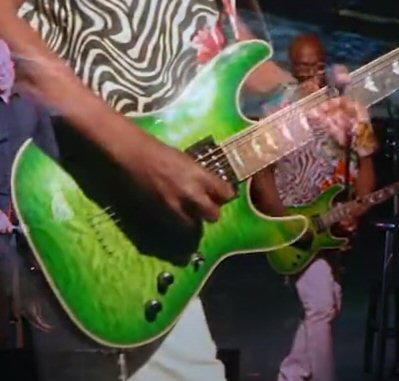
Easy Signature Sound ~ Thomas McClary, The Commodores, and that iconic guitar tone in Easy (Like Sunday Morning) Most people say that the solo sounds like it was recorded direct into the console and that it overloaded the preamp. It does remind me of when I played through my dad's Teac reel-to-reel into his hi-fi. It was all transistor based and could easily overload. I don't know much about McClary. In the few pictures I've seen of him, he seems to play guitars with two humbuckers and set the switch in the middle so that both pickups are on. That could be part of the sound. A lot more research is needed to chase this tone down. |
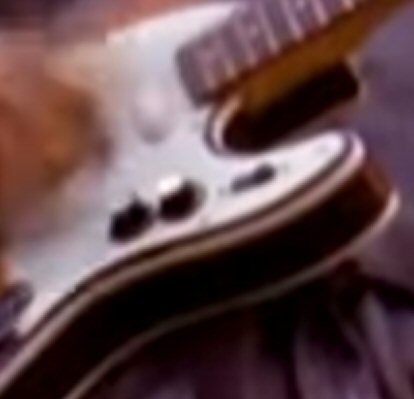
Spirit In The Sky This is the rabbit hole I'm currently running down. How can I get the fuzz sound in Norman Greenbaum's Spirt in the Sky? According to Greenbaum himself when asked, the tone came from "a Telecaster through a Fender amp with a custom fuzz box... Lots of reverb." From the video of the song, his Telecaster had a two-knob fuzz installed under the pickguard. The on/off switch is visible too. By December 1969 when the song was released, there were a number of two-knob fuzz circuits available that are possible. It is likely that the fuzz box was originally designed to plug directly into the guitar (e.g. the 1968 Jordan Bosstone, or Dan Armstrong Blue Clipper), and was fit into the Telecaster. That narrows the possible circuits used. To add to the mystery (and complicate matters), according to some folks the battery was probably going dead. Sadly, this guitar was later stolen, so there's little else to go on. Focusing on fuzz circuits available in the 1960s, I identified six different topologies to try to duplicate this tone (using the names of the most common examples I found):
I'm not sure anyone will ever really know how it was originally done. I hope to get close with my experiments. I plan to make a video on my YouTube channel about all of this. Stay tuned. |
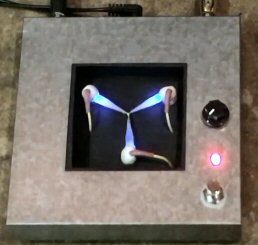
The Fuzz Capacitor ~ Interactive fuzz circuit I'm working on The Fuzz Aldrin is a simple circuit, sounds great, but it's not very unique. I experimented with diodes and cascading circuits to get a different sound. When I needed a set of diodes for the circuit, I used this flux capacitor project I was working on and the sound was different enough to be something unique. It's more gritty sounding. I like it. It still has a way to go before I sell them. Stay tuned. You can watch my first attempt recorded years ago on my YouTube channel. |
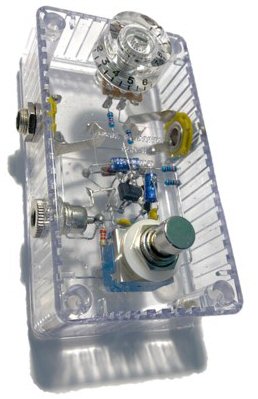
Transparent Overdrive ~ A play on words and a fun project. As a play on words, the Transparent Overdrive is transparent both sonically and visually. It features a single gain control with transparent "speed knob" and a true bypass switch mounted in a clear Hammond 1591BTCL enclosure. Given the fragile freeform circuit construction, a battery is not used in preference of a 9Vdc power supply. I enjoy the pun, but mainly I use this as a starting point for most every guitar effect and amplifier project I work on. It makes a great first-stage gain section. I make these from time to time when folks ask me to. Much like the Fuzz Aldrin, they don't last long when I list them for sale on Reverb. If you want to make your own, I included the plans in my Cigar Box Guitar Amplifier Notebook. |
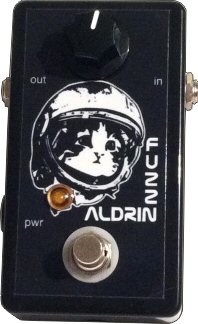
Fuzz Aldrin ~ It's not very original but they sold really well. I made a version of this fuzz years ago for my main 'dirty' tone. Controls are as easy as they can get: About Fuzz Aldrin: The Fuzz Aldrin image originally came from a project, "committed to cats, donating 5% of proceeds to animal rescues through Sadie's Fund ... in order to raise money for various local ... animal rescue organizations and shelters." By using the same Fuzz Aldrin image, SquidWerks will also donate 5% of the proceeds to local animal rescue organizations and shelters such as the North Alabama SPCA and ASPCA. |
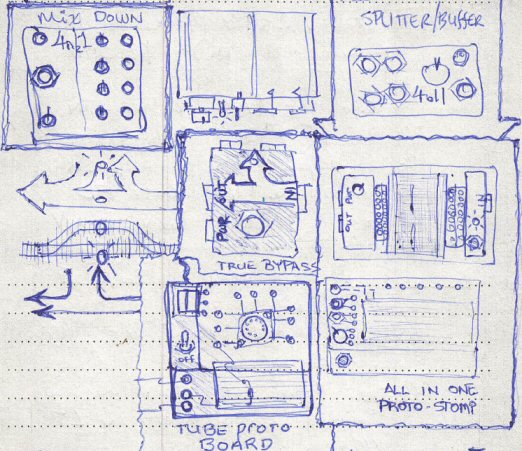
A Modular Approach I've been creating circuits or modifying off-the-shelf electronics for a long time. On every project I kept having to make the same sections over and over. Why not just make that section once and reuse it for some quick prototyping? Thus, the idea for a modular approach came to me. I could have an input buffer, output buffer, tone shaping, delays, oscillators, and so on, all interchangeable. I could connect them in any order or combination to try something new quickly. It's not an entirely new idea (checkout Pittsburgh Modular Patch Box system which is sadly no longer available). Rather than approach modular guitar effects like a modular synthesizer, I wanted to approach it from a more familiar stomp box perspective. This was the inspiration for my new book... [ Click here... Cigar Box Guitar Amplifier Notebook ] |
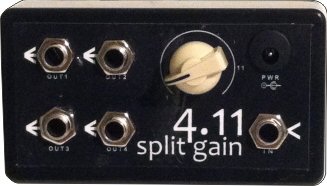
4.11 Split/Gain When I started to use multiple amps, I needed a way to split my guitar signal into a few buffered paths. Rather than just buffer the signal, I added a 20dB gain stage in there as well. It adds a nice uncolored overdrive to the sound. Another use for this effect is to form the first stage in modular guitar effect design. Rather than having to build a buffer for every new guitar effect idea I have, I can just use 4.11 Split/Gain to have a head start. |

4 n2 1 mix down This is basically the opposite of the 4.11 Split/Gain. With the 4 n21 mix down, four inputs can be mixed together with simple volume knobs. Output volume of the result can be adjusted as well. Another use for this effect is to form the last stage in modular guitar effect design. This is a simple way to blend wet and dry signals into an amp. |